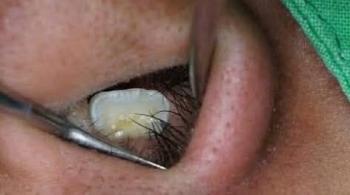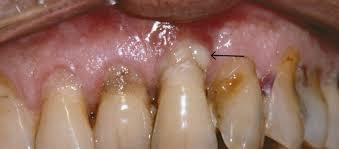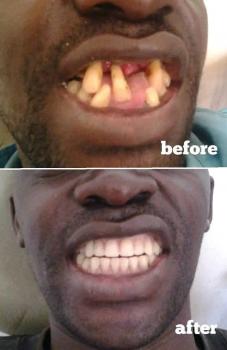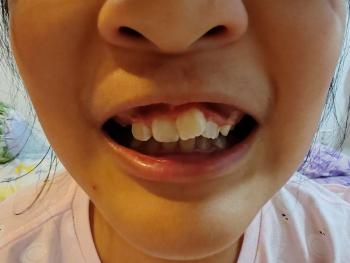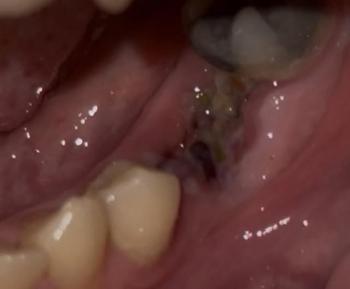We Bring Back the Sparkle in Your Smile.
Dental Pulp Stem Cells (DPSCs): The Untapped Regenerative Power in Your Mouth
Language :
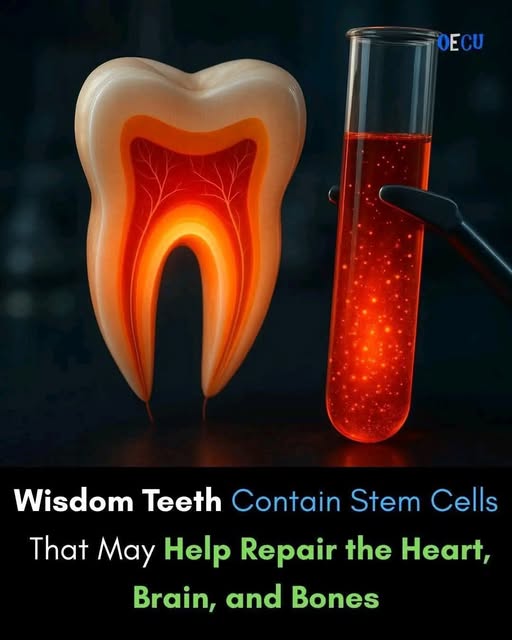
Topics:
The dental field is undergoing a revolutionary shift, moving from simply repairing damage to harnessing the body's own power to regenerate lost tissues. At the heart of this change are Dental Pulp Stem Cells (DPSCs), and the global research landscape is both competitive and collaborative.
The table below summarizes the leading countries in DPSC research based on recent scientific publications:
| Country | Key Contributions & Focus Areas |
|---|---|
| China | Leads in research volume and output; strong focus on translational applications and clinical trials |
| . | |
| United States | Achieves high citation impact per publication; significant contributions to fundamental biology and innovative therapeutic strategies |
| . | |
| Japan | A major and consistent contributor with a strong foundation in stem cell biology and regenerative medicine |
| . |
The Regenerative Power of DPSCs
Dental pulp, the soft tissue inside your teeth, is a reservoir of these powerful mesenchymal stem cells. Their value lies in several key properties:
-
Multipotency: DPSCs can differentiate into a variety of cell types, including osteoblasts (bone cells), chondrocytes (cartilage cells), and neurons (nerve cells), making them a versatile tool for regeneration.
-
Source and Accessibility: They can be isolated from wisdom teeth or other healthy teeth that are removed for orthodontic reasons, providing an accessible source of stem cells with minimal ethical concerns.
-
Paradigm Shift to "Cell-Free" Therapies: A major trend in research is moving away from injecting the stem cells themselves. Instead, scientists are harnessing the "secretome" – the bioactive molecules, growth factors, and especially extracellular vesicles (exosomes) that these cells release
- . These components can instruct the body's own cells to repair and regenerate damaged tissues, offering a potentially safer and more controllable therapy
From Research to Real-World Treatments
The potential of DPSCs is being tested in groundbreaking clinical applications:
-
Periodontal Regeneration: A landmark 2025 multicenter clinical trial in China demonstrated that injecting allogeneic (donor) DPSCs into the gums of patients with periodontitis was safe and effective. The treatment led to significant regeneration of the bone and soft tissues that support the teeth, offering a potential non-surgical alternative to current treatments
-
-
Pulp Regeneration: Researchers are developing innovative 3D scaffolds infused with the conditioned medium from DPSCs (containing their secretome). These scaffolds are designed to be placed inside the empty root canal of a dead tooth to stimulate the regeneration of a living pulp-dentin complex, potentially saving teeth that would otherwise be lost
-
Bone and Beyond: Research is actively exploring the use of DPSCs and their derivatives for healing critical-sized bone defects in other parts of the body, leveraging their strong ability to form bone tissue
The Future: Banking and Longevity
The field is also advancing on the logistical front. Research has confirmed that DPSCs can be successfully cryopreserved (banked) for over 13 years without losing their viability, proliferation capacity, or stem cell characteristics
. This finding supports the feasibility of private dental stem cell banking for potential future personalized therapies.
I hope this overview provides a clear picture of the exciting advances in this field. Are you more interested in the specifics of clinical applications, the science behind the secretome, or the process of dental stem cell banking?

